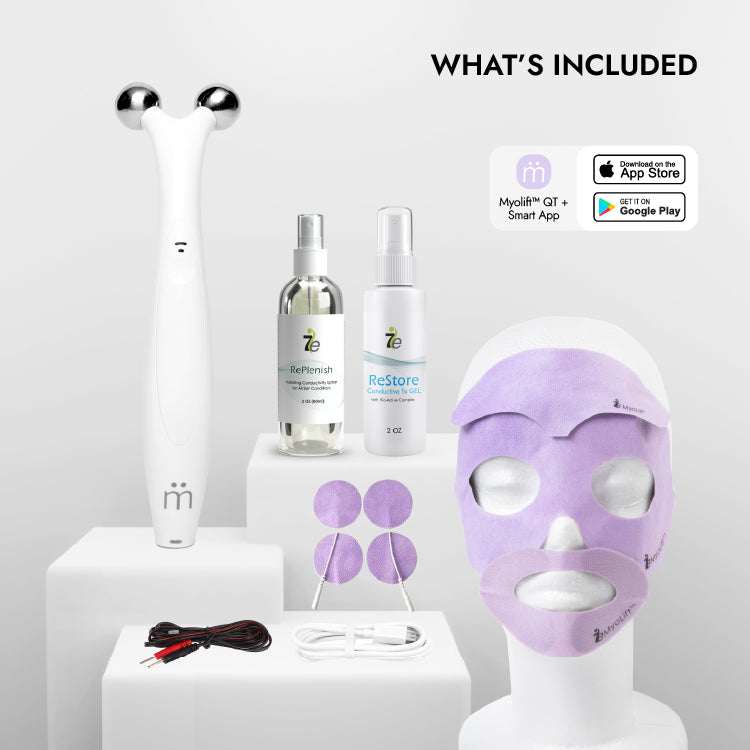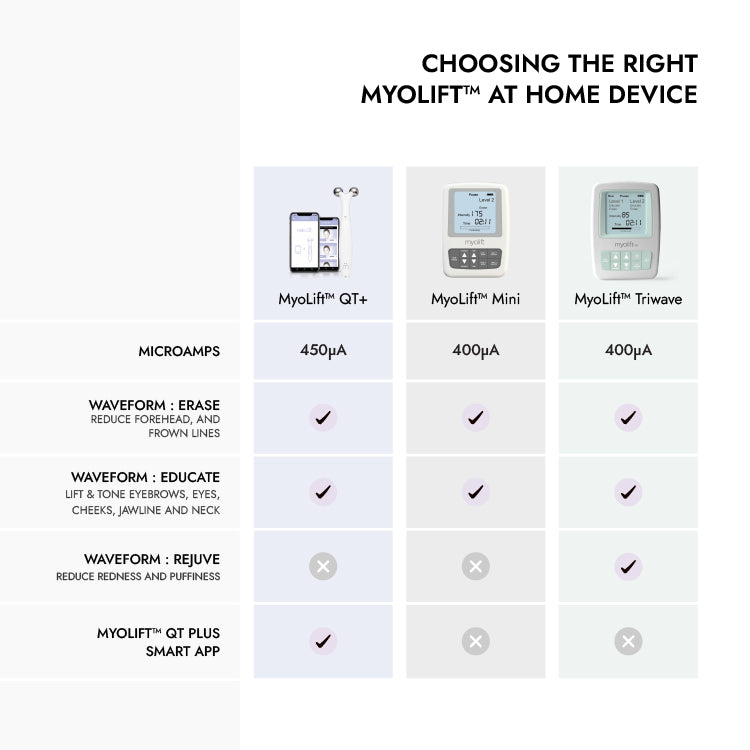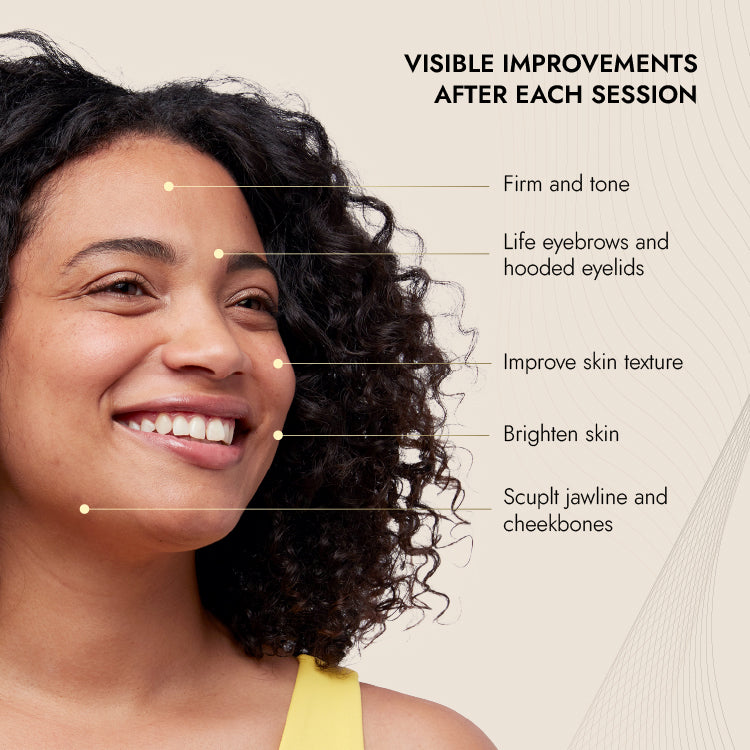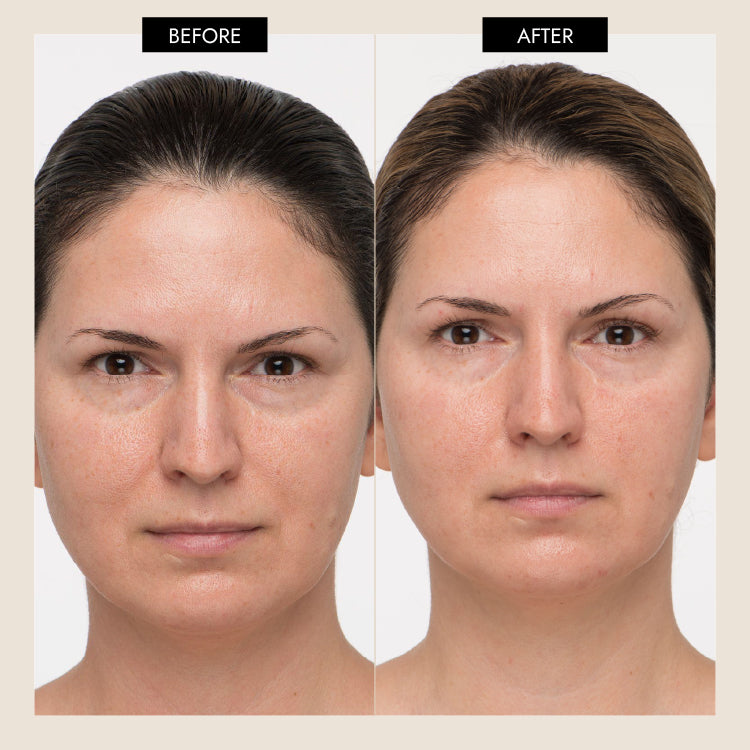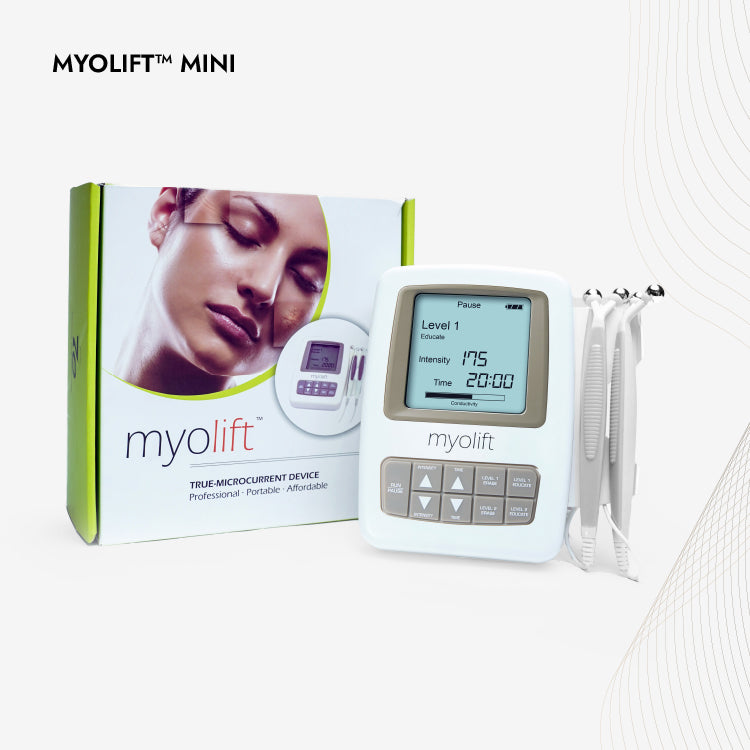Navigating Microcurrent Facials: Understanding Contraindications for Safe Skincare

Microcurrent Facials for Safe Skincare
Microcurrent facials have gained popularity for their transformative effects on skin tone and texture, but like any beauty treatment, they are not a one-size-fits-all solution. While many individuals can benefit from the rejuvenating effects of microcurrent technology, it's crucial to be aware of certain contraindications – specific conditions or circumstances where the use of microcurrent devices may not be advisable. In this blog, we'll delve into these contraindications to ensure that individuals make informed decisions about incorporating microcurrent into their skincare routines.
Pregnancy
Microcurrent facials involve the use of low-level electrical currents, and while research on the safety of microcurrent during pregnancy is limited, it is generally recommended to avoid these treatments. The impact of electrical currents on the developing fetus remains a concern, making it crucial for expectant mothers to consult with their healthcare providers before undergoing microcurrent facials.
Epilepsy and Seizure Disorders
Individuals with epilepsy or a history of seizure disorders should exercise caution with microcurrent treatments. The electrical currents used in these facials could potentially trigger seizures in susceptible individuals. If you have a history of seizures, it's essential to consult with a healthcare professional before considering microcurrent facials.
Metal Implants or Hardware
Metal implants or hardware in the facial area, such as plates, screws, or dental braces, may conduct electrical currents differently than intended. This can lead to discomfort, burns, or unintended side effects. Individuals with such implants should inform their skincare professional about these conditions before undergoing microcurrent treatments. This is not an contraindication but something to be aware of. However, understanding microcurrent contraindications in such cases can help prevent unwanted complications.
Heart Conditions and Pacemakers
Individuals with certain heart conditions or those who have pacemakers should approach microcurrent facials with caution. The electrical currents used in the treatment could potentially interfere with the functioning of pacemakers or exacerbate heart conditions. A thorough discussion with a healthcare provider is necessary for individuals with heart-related concerns.
Recent Facial Surgery
Microcurrent facials involve stimulating facial muscles, and individuals who have undergone recent facial surgery, such as a facelift, may need to wait until the healing process is complete before considering microcurrent treatments. Applying electrical currents to surgically altered areas may interfere with the recovery process and lead to complications.
Skin Infections or Open Wounds
Microcurrent facials should not be performed on areas of the skin with active infections, open wounds, or severe acne. The electrical currents may worsen existing conditions, delay healing, or cause discomfort. It's essential to wait until the skin has fully healed before undergoing microcurrent treatments.
Using the right products matters
Always apply a conductive gel for microcurrent before treatment to ensure the safe and effective delivery of low-level electrical currents. The gel acts as a necessary medium to protect the skin and enhance results.
Microcurrent Gua Sha
A Complementary Approach For those not facing contraindications, combining microcurrent with techniques like microcurrent gua sha can further enhance facial contouring and lymphatic drainage. This dual approach amplifies the benefits while promoting relaxation and circulation.
Cancer and Tumors
Individuals with a history of cancer or those currently undergoing cancer treatment should consult with their healthcare provider before considering microcurrent facials. The effects of electrical currents on cancerous cells or tumors are not well-studied, and caution is advised to ensure the safety of the individual. To minimize the risk of unknown microcurrent facial side effects, always seek professional guidance before proceeding with treatments.
Implanted Devices
If you have any type of implanted electrical device in the body, such as a cochlear ear implant or any type of device that runs on a current is a contraindication. Since microcurrent uses an electrical current, you do not want it to interfere with the signal of the implanted device.
While microcurrent facials offer promising benefits for many, it's crucial to be mindful of these contraindications to ensure a safe and effective skincare experience. Always communicate openly with your skincare professional, disclose any relevant medical history, and, when in doubt, seek advice from a healthcare provider. Prioritizing safety and informed decision-making will help individuals make the most of their skincare journey while avoiding potential risks associated with microcurrent technology.












